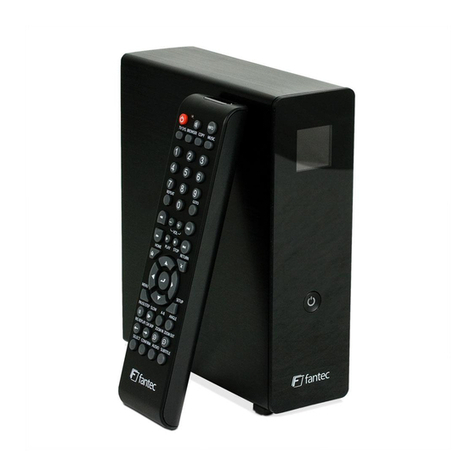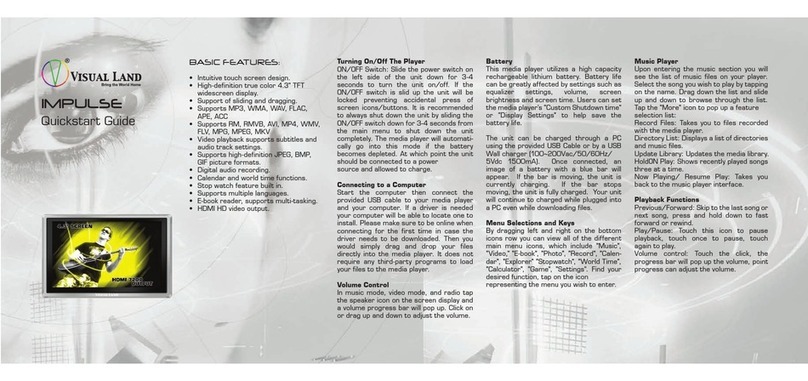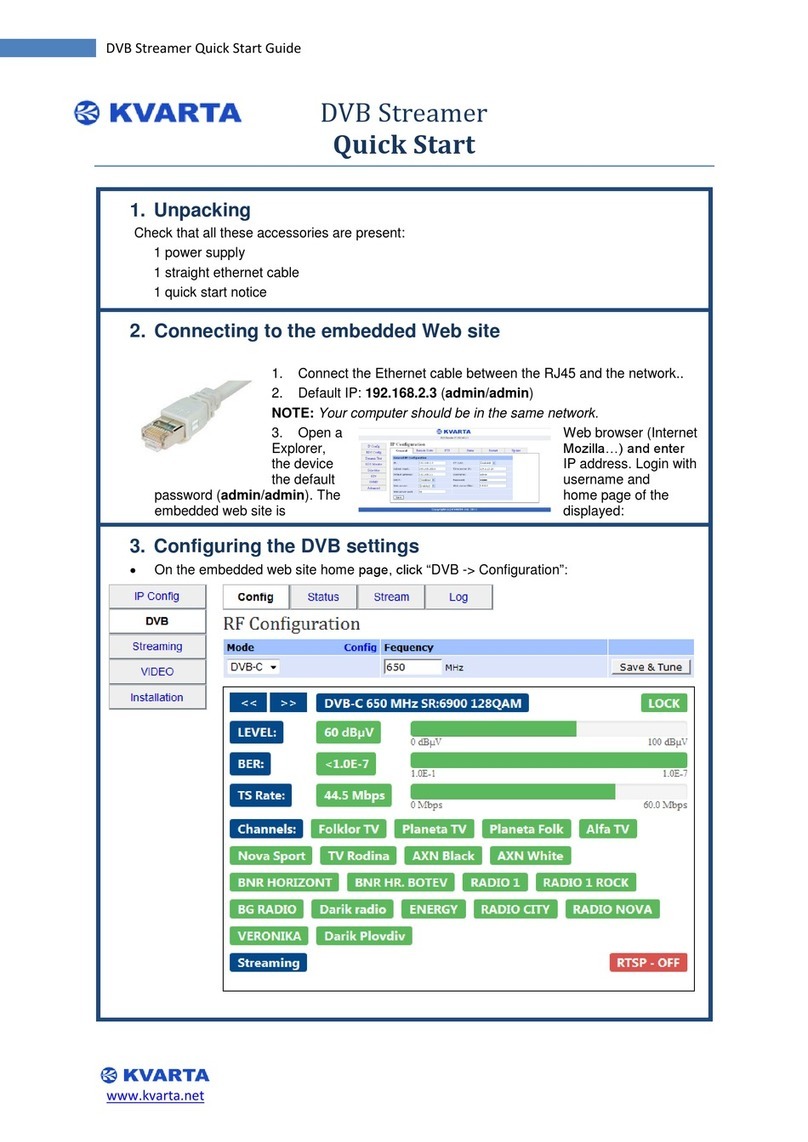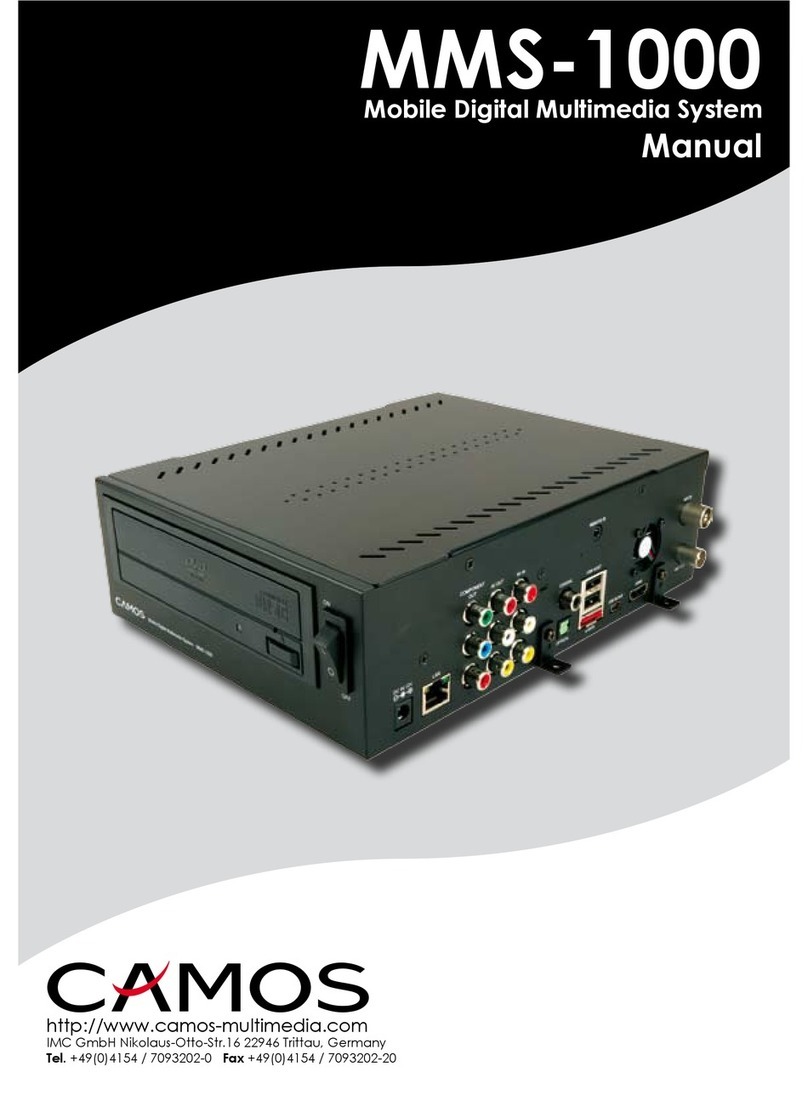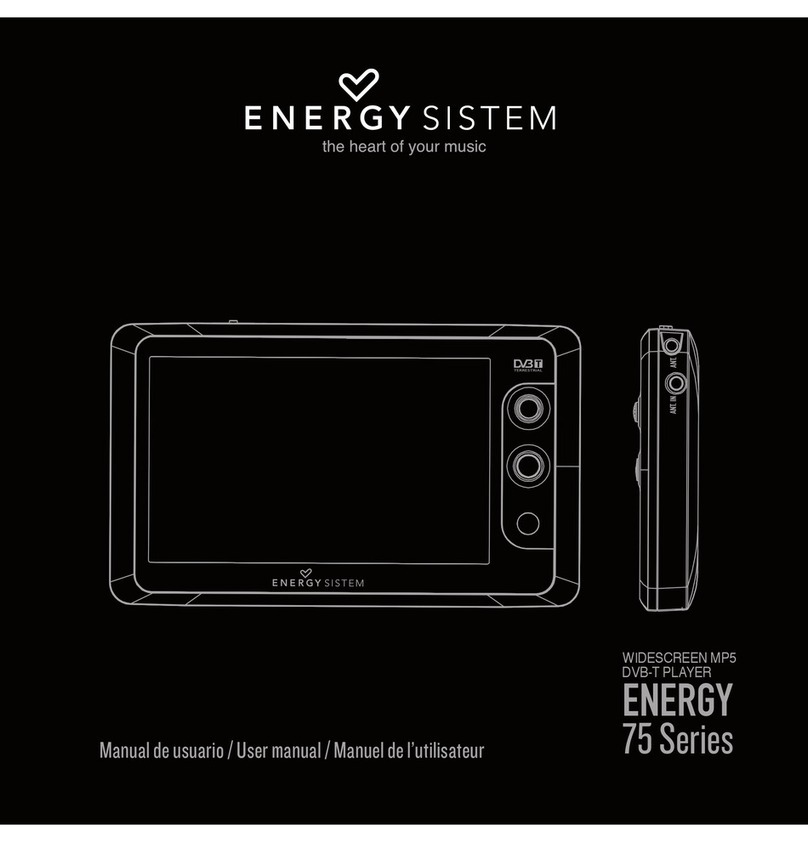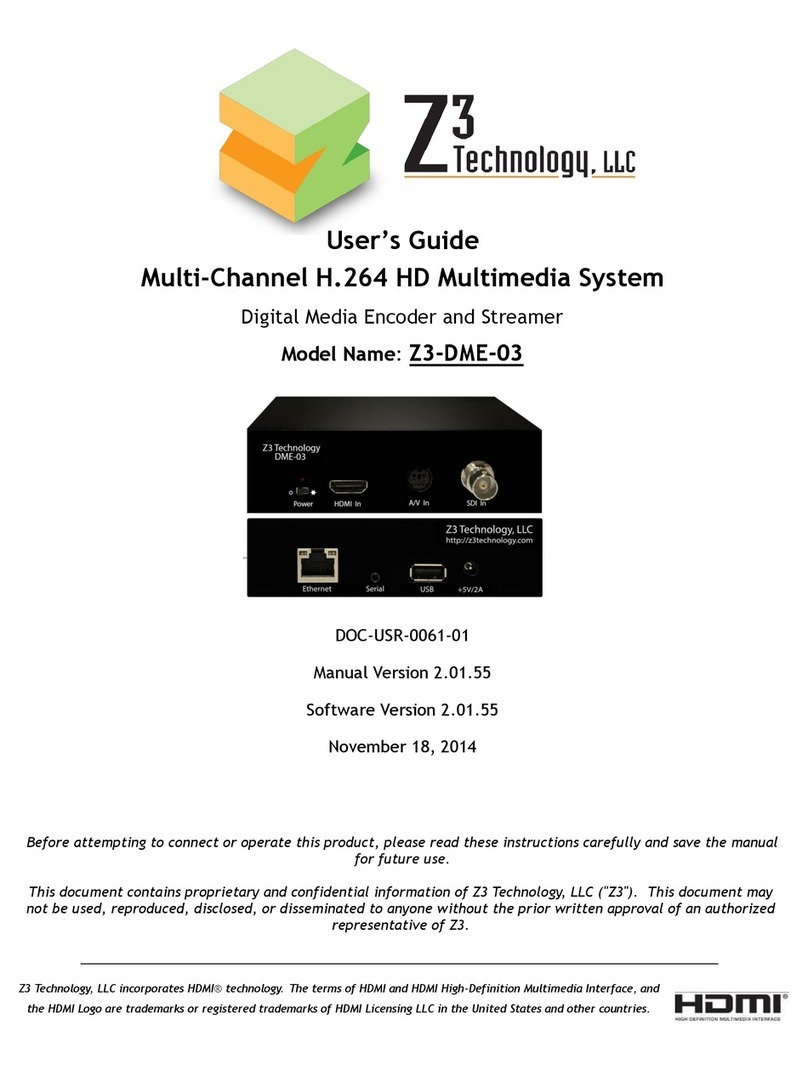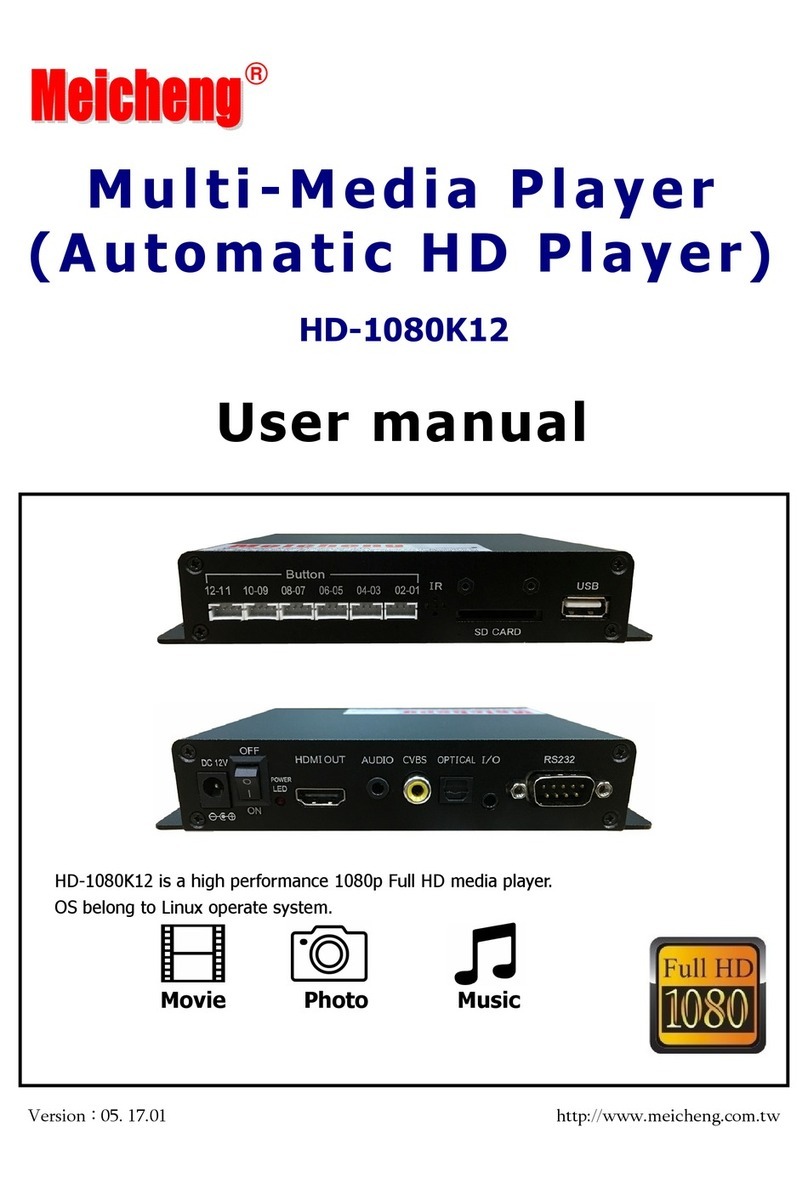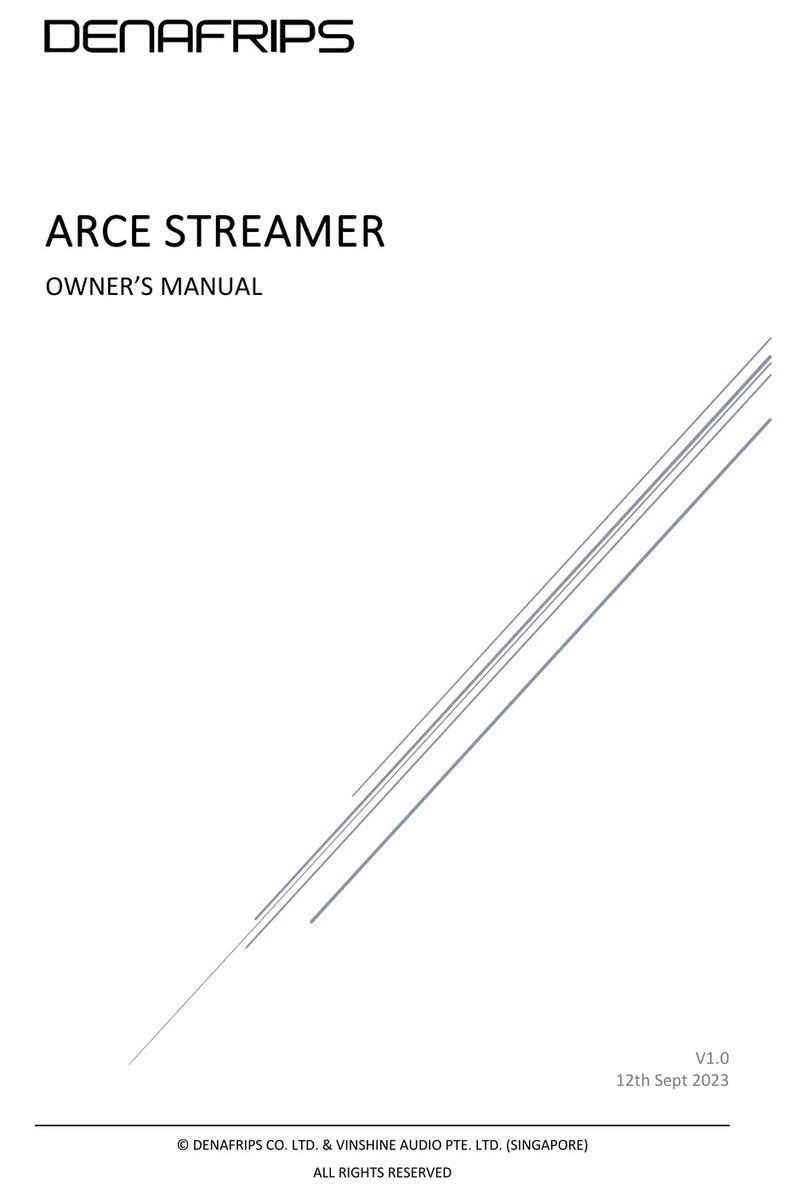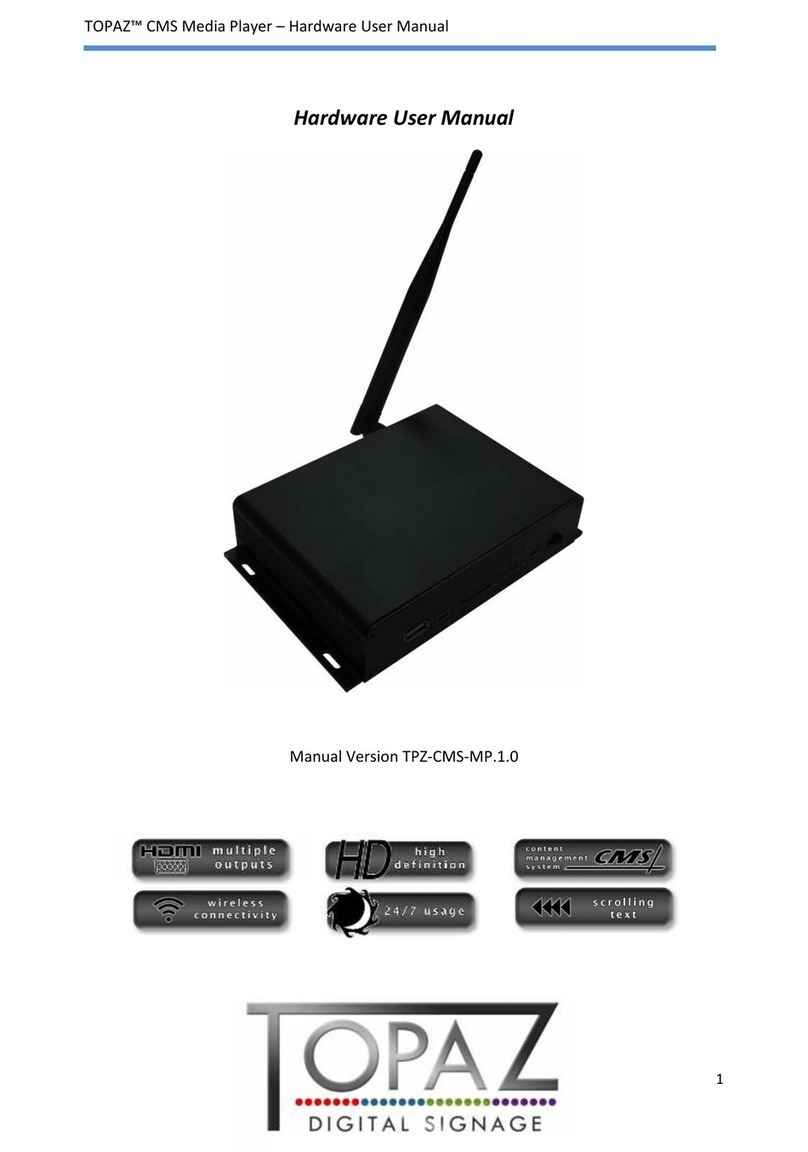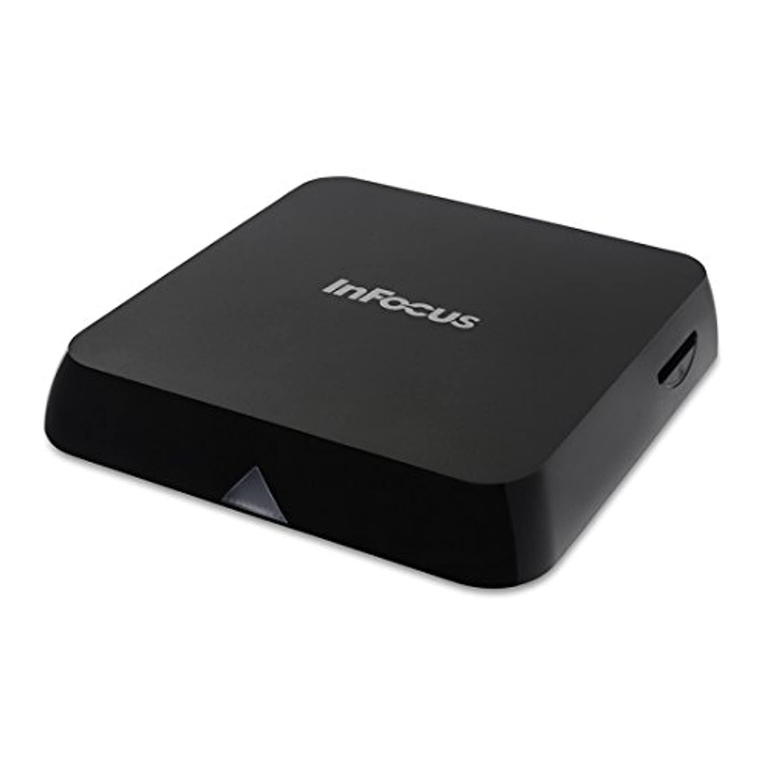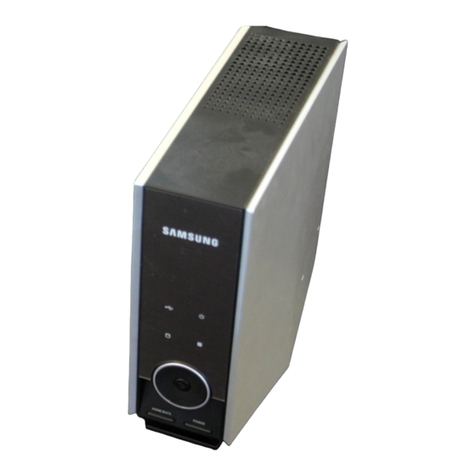Violet NEO User manual

1
USER MANUAL
Thank you for purchasing this product.
For optimum performance and safety, please read this
manual carefully before operating this Console. Retain
it for future reference.
Record the model number and serial number of this
Console given in the label at the bottom side.
201010 (PN –STD)
201011 (PN –AIB)
201012 (PN –BT)
201013 (PN –AIB - BT)
201020 (DW –STD)
201021 (DW –AIB)
201022 (DW –BT)
201023 (DW –AIB - BT)

2
TABLE OF CONTENTS
1IMPORTANT .....................................................................................................4
1.1 SAFETY AND IMPORTANT NOTICE ..........................................................................4
1.1.1 Caution .....................................................................................................4
1.1.2 Warnings ..................................................................................................4
2GUIDE TO PARTS & CONTROLS.........................................................................6
2.1 WIRELESS AUDIO CONSOLE (NEO)........................................................................6
2.1.1 Front panel ...............................................................................................6
2.1.2 Rear panel ................................................................................................7
2.2 REMOTE CONTROL.............................................................................................8
2.2.1 Replacing Remote batteries .....................................................................8
2.3 ACCESSORIES ....................................................................................................9
2.4 SPEAKERS &SUBWOOFER TO BE USED WITH NEO ....................................................9
2.4.1 Wireless Speakers.....................................................................................9
2.5 WIRELESS SUBWOOFER (QB3) ............................................................................9
2.5.1 Microphone ............................................................................................10
2.5.2 Available Speaker mounting accessories ...............................................10
3INSTALLATION................................................................................................ 11
3.1.1 Speaker Assembly (for Table mount) .....................................................11
3.1.2 Microphone Assembly ............................................................................11
3.1.3 Subwoofer settings.................................................................................12
3.2 PLACEMENT ...................................................................................................13
3.2.1 Typical placement of a 5.1 system .........................................................13
3.2.2 Typical placement of a 7.1 system .........................................................13
3.3 SETUP ...........................................................................................................14
3.3.1 MIC connection ......................................................................................14
3.4 AUTO-CALIBRATION .........................................................................................14
3.5 CABLE CONNECTIONS&SOURCE SETTINGS ............................................................15
3.5.1 HDMI (AV sources & TV have HDMI)......................................................15
3.5.2 Coaxial....................................................................................................15
3.5.3 Optical ....................................................................................................16
3.5.4 HDMI –ARC............................................................................................16
3.5.5 Aux (Stereo)............................................................................................17
3.5.6 Analog (8 Channel).................................................................................17
3.5.7 Wired Subwoofer....................................................................................18
3.5.8 COMM (RJ11) .........................................................................................18
4USAGE............................................................................................................19
4.1 MENU NAVIGATION&AUDIO SETTINGS ...............................................................19

3
4.2 AUDIO INFORMATION.......................................................................................20
4.3 HDMI INFORMATION.......................................................................................20
4.3.1 Recommendation ...................................................................................20
4.3.2 Connections............................................................................................20
4.3.3 Supported features.................................................................................20
5TROUBLESHOOTING .......................................................................................21
5.1 NEO DISPLAY ERRORS .......................................................................................21
5.2 OTHER COMMON ISSUES...................................................................................22
5.3 FAQ .............................................................................................................24
6SPECIFICATION ............................................................................................... 27
6.1 WIRELESS SPEAKERS ........................................................................................27
6.2 WIRELESS AUDIO CONSOLE ...............................................................................27
6.3 WIRELESS SUBWOOFER ....................................................................................27
6.4 ACCESSORIES ..................................................................................................28
6.4.1 Base (optional) .......................................................................................28
6.4.2 Wall Mount (optional)............................................................................28
6.4.3 Remote Control ......................................................................................28
7WARRANTY .................................................................................................... 29
7.1.1 Limited warranty ....................................................................................29
7.1.2 Remedies ................................................................................................29
7.1.3 How to obtain warranty support............................................................29
7.1.4 Limitation of liability ..............................................................................29
7.1.5 Duration of implied warranties ..............................................................29
7.1.6 National statutory rights........................................................................29
7.1.7 No other warranties ...............................................................................30

4
1IMPORTANT
1.1 Safety and important notice
1.1.1 Caution
-To reduce the risks of electric shock do not open device. No user-serviceable parts inside, refer
servicing to qualified service personnel.
-The speaker system is not intended for use by children without supervision.
-The system should not be exposed to water (dripping or splashing) and no objects filled with
liquids, such as vases, should be placed on any part of the system.
-To prevent fire or electric shock hazard, do not expose this product to rain or moisture.
1.1.2 Warnings
1.1.2.1 AC-DC ADAPTER WARNING
-To reduce risk of electric shock, do not expose AC adapter to rain, moisture, liquid, or heat
sources (e.g. radiators, heat registers, stoves, amplifiers, etc)
-AC-DC adapter is for indoor use only
-Do not use any other AC-DC adapter with the product
-Do not use a damaged AC-DC adapter or attempt to repair one
-Inspect AC-DC adapter regularly for cable, plug, or casing damage
1.1.2.2 POWER CORD WARNING
-If the system is supplied with an extension cord or an electrical portable outlet device, the
extension cord or electrical portable outlet device must be positioned so that it is not subject to
splashing or ingress of moisture
-It is recommended that most appliances be placed on a dedicated circuit. That is, a single power
outlet component which powers only that appliance and has no additional outlets or branch
circuits.
-Protect the power cord from physical or mechanical abuse such as being twisted, kinked,
pinched, closed in a door, or walked upon. Pay particular attention to plugs, wall outlets and
point where the cord is connected.
-Do not overload wall outlets. Overloaded wall outlets, loose or damaged wall outlets, extension
cords, frayed power cords, damaged or cracked wire insulations are dangerous. Any of these
conditions could result in electrical failures or injury.
1.1.2.3 BATTERY WARNING
-Risk of explosion and personal injury are high if remote control batteries are replaced in an
incorrect way.
-Do not open, mutilate, or expose to conducting materials (metal), moisture, liquid, fire, or heat
(above 54oC or130oF). Doing so may cause batteries to leak or explode, resulting in personal
injury.
-Dispose off spent, leaking, or damaged batteries according to manufacture instructions and local
laws. Store batteries away from children, in a cool & dry place and at room temperature.

5
1.1.2.4 HDMI
-It is recommended that any HDMI cables used shall also be certified and of version 1.4 or
higher so as to utilize all available HDMI features of the system.
-While connecting or disconnecting the HDMI cable make sure that Neo is powered off.
-Carefully align the HDMI OUT jack on the rear of the player and the HDMI connector by checking
their shapes. Make sure the connector is not upside down or tilted.
-Be sure to disconnect the HDMI cable when moving the devices.
-Hold the HDMI connector straight when connecting or disconnecting the HDMI cable. Do not
twist or force the HDMI connector into the HDMI connector.

6
2GUIDE TO PARTS &CONTROLS
2.1 Wireless Audio Console (Neo)
2.1.1 Front panel
1 Fluorescent display
2 IR sensor
3 Auxiliary Stereo input (3.5mm connector)

7
2.1.2 Rear panel
4 Optical input (TOS link cable)
5 Coaxial input (RCA cable)
6 HDMI input 1
7 HDMI input 2
8 HDMI input 3
9 Calibration input (to be used only during setup)
10 HDMI output
11 Subwoofer output (RCA cable)
12 Power input
13 FL/FR Stereo input (3.5mm connector) for 8 channel analog
14 SL/SR Stereo input (3.5mm connector) for 8 channel analog
15 C/SUBW Stereo input (3.5mm connector) for 8 channel analog
16 BL/BR Stereo input (3.5mm connector) for 8 channel analog
17 FL/FR Stereo output (3.5mm connector) for 8 channel analog
18 SL/SR Stereo output (3.5mm connector) for 8 channel analog
19 C/SUBW Stereo output (3.5mm connector) for 8 channel analog
20 BL/BR Stereo output (3.5mm connector) for 8 channel analog
21 COMM port (for debug only)

8
2.2 Remote control
2.2.1 Replacing Remote batteries
Open the battery compartment cover on the
back and install the battery matching correct
polarity (+ with + & - with -)
Use battery CR2025
Close the cover
1
2
3
4
=
POWER
Turns on Neo or turns it off into Standby
THUMBSTICK
(Up/Down/
Left/Right/OK)
VOL + / ^
Increase / Decrease Volume. Navigate display
menus and change system settings to your
preference.
VOL - / v
< / >
Previous or next AV source
OK
Select
MUTE/UNMUTE
Mute / Unmute audio volume
MENU
Enter / Exit Menu

9
2.3 Accessories
The following are provided along with Neo.
AC/DC power adaptor
HDMI cable
Remote control (with battery installed)
2.4 Speakers & Subwoofer to be used with Neo
2.4.1 Wireless Speakers
The main benefit of Violet home theater system is the flexible placement of speakers around the room
to produce “Surround sound.” The Violet system may have up to seven speakers (plus a subwoofer).
Each speaker is powered by its own amplifier channel inside the unit.
2.5 Wireless Subwoofer (QB3)
A subwoofer is designed to play only the lowest
frequencies (the bass). It augments satellite
speakers used for the other channels. You may
use two subwoofers for additional power and
even distribution of the sound.

10
2.5.1 Microphone
2.5.2 Available Speaker mounting accessories
Table mount Wall mount Ceiling mount
Table of contents



